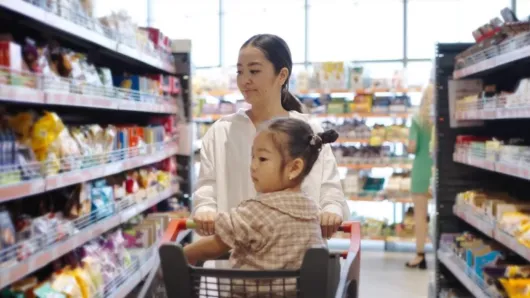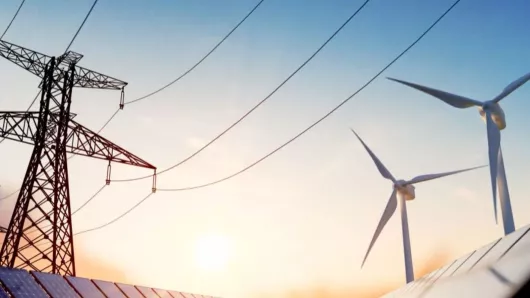When it comes to sustainable packaging, it's not one size fits all. See what I mean by playing a little matchmaking game in your head. Think of one sustainable package. What comes to mind? Now think of as many products as possible. So dog food, toilet paper, pens, granola bars, ice cream, all of those products probably don't fit with that very first package that came to mind. So how do you design for sustainability then? When we play this matchmaking game at Sonoco, we actually do it in reverse. First, we understand the product and then we match it with a recommended sustainable package based on our brand's goals and our expertise as packaging solution providers. There's a common misconception that only certain packaging formats are sustainable. Really, we should be searching for the most sustainable packaging for each product, not trying to fit every product into the same type of packaging. Now let's go over to Dallas and learn more about the R&D process.
Determine Package Needs
I'm Dallas Fletcher, an R&D engineer at Sonoco. When I work with customers, I want to understand product characteristics, supply chain logistics and consumer behavior. I consider things like shelf-life water activity, transportation, consumer behavior after product purchase, and so much more. For example, say we have a customer with a product that needs to be well protected through altitude changes, during transport, kept fresh for long periods of time, and includes a resealable option. The brand also has sustainability goals to consider. They want to minimize food waste, maximize recycled content, and have a recyclable package. Through lab tests like accelerated shelf-life, bubble leak, high altitude chambers, and simulated lab distribution testing, we assess the package's performance. Through real world testing, like actual distribution and product field shelf-life, we are able to ensure the package meets the customer's technical needs, while also fulfilling sustainability commitments. I take all these things into consideration, and the various formats we have to offer, and I ultimately recommend a rigid paper can. The can protects the product during transport, has precise varying properties to extend shelf-life and minimize food waste, can be conveniently resealed, and is made with 100% recycled can board, and is recyclable. That last part might come as a surprise, but yes, paper cans are recyclable. And now I'm gonna send it over to Andy to talk to you about the recycling process.
Test for Recyclability
Thanks Dallas. Sonoco has leveraged our own paper mills and third-party paper mills to conduct pulping and paper making trials regarding the recyclability of paper cans. Through this testing, we’ve confirmed that paper-based cans can be processed and recycled through the paper stream. The fiber is separated from all other components in the can. Screens or similar technology, separate metal ends and the barrier layers or liners, and it is possible to further recycle the metal ends into steel. The fiber is recovered and can be used as recycled content and paper products. There's a viable need for recycled fiber. For example, the paper board in our paper can container Sonoco contains up to 90% post-consumer recycled content and is recyclable. Many paper mills have the capability to recycle paper based cans and when processed correctly, recycled content has little to no negative effect on the new products. And now to Sabrina.
Meeting Sustainability Goals
Thanks Andy. Diverting materials from landfill is a significant contribution to reducing environmental footprint to meet the needs of our customers who want to design for sustainable packaging. Downstream considerations are most certainly part of choosing the best packaging for their products. However, end of life isn't the only consideration to keep in mind. We consider the 45% reduction in greenhouse gas emissions that are associated with recycling paper cans rather than landfilling them to be a significant positive impact. Like we talked about earlier, when a brand approaches us about wanting to design for sustainability, we always take the product, the supply chain, and consumer behavior into consideration. And when recommending a paper container to our hypothetical customer earlier, we first analyze their product and sustainability goals. Then we match the product with the paper can which provides ultimate shelf-life, rigidity, protection through various altitudes, it minimizes food waste and early product exploration, and ultimately, it can be recycled. Back to you Cassandra.
Thanks Sabrina. From paper to steel to plastic, there are many packaging materials each with their own set of sustainability benefits. When it comes to sustainable packaging, it's not one size fits all. But if you link arms with a partner with a broad packaging portfolio, you can find your perfect match - a sustainable package that fits packaging to your needs instead of making you fit into a supplier's offerings.


